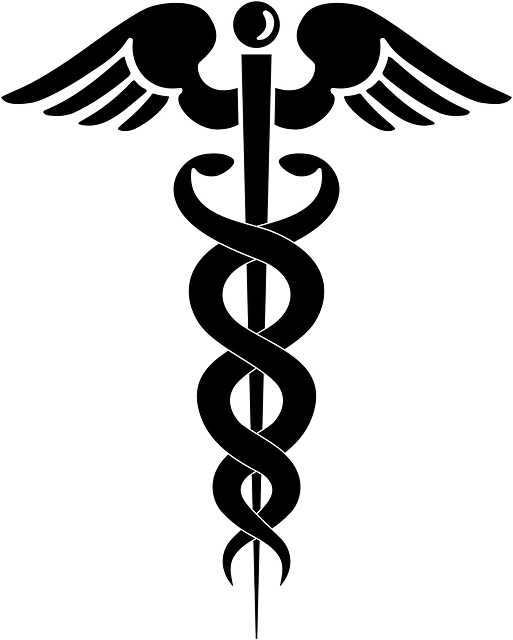Ah, rosacea—a skin condition that can be as puzzling as it is persistent. At its core, rosacea is a chronic inflammatory skin condition, often appearing as redness on the face. Many folks notice it around age 30 or beyond, with symptoms like redness, visible blood vessels, and sometimes, those pesky bumps that resemble acne popping up.
There are four main types of rosacea and knowing which one you might have is a game-changer. First, there’s erythematotelangiectatic rosacea, which brings persistent redness and visible blood vessels. Then there’s papulopustular rosacea, often confused with acne because its red bumps and pimples look quite similar. Ever heard of phymatous rosacea? It’s less common but can cause the skin to thicken and change texture, often affecting the nose. Lastly, ocular rosacea likes to cause a bit of havoc by making the eyes and eyelids red and irritated.
So why does rosacea come knocking at our door? Genetics can be a big player. If Grandma or Grandpa sported the rosy glow, you might find yourself in the same boat. But it doesn’t stop there. Lifestyle habits, like spicy foods and alcohol, might fan the flames. And let’s not forget about those environmental triggers—sun exposure and extreme temperatures can be a real pain for sensitive skin.
Understanding the different types and triggers of rosacea helps in managing it effectively. Whether it’s tapping into your family history or noting what makes your symptoms flare up, every bit of info brings you a step closer to a clearer face and fewer surprises.
Dermatologist-Recommended Skincare for Rosacea

Getting a handle on rosacea starts with seeking advice from the experts—dermatologists. They know the ins and outs of this skincare puzzle and can offer treatments tailored to your specific needs. A dermatologist can help identify your triggers and suggest effective treatments, keeping flare-ups to a minimum.
When it comes to managing rosacea, dermatologists often recommend a mix of topical treatments and, in more persistent cases, oral medications. Topical creams and gels, like metronidazole or azelaic acid, can reduce redness and inflammation. These wonders are applied directly to your skin and work by calming the irritation you’re facing.
Over-the-counter treatments are also worth a shot. Products containing niacinamide, an anti-inflammatory ingredient, can be beneficial. Keep an eye out for formulas designed for sensitive skin—these are usually free from the irritants that can make rosacea worse.
Personalizing your treatment plan is essential. Every case of rosacea is unique, which means treatments should be too. Taking the time to understand your specific symptoms and responses can lead to a regimen that keeps your skin calm and happy. It’s really about finding what works for you without sending your skin into a frenzy.
Check out this article for Allure’s 15 Best Skincare Products for Rosacea. Here are some more affordable options to combat redness and irritation:
- La Roche-Posay Toleriane Rosaliac AR Visible Redness Reducing Cream https://amzn.to/4iPrXql (paid link)
- Aveeno Calm + Restore Facial Cream for Redness Relief https://amzn.to/42rv6qC (paid link)
- Cetaphil Night Cream, Redness Relieving Night Moisturizer for Face https://amzn.to/4czup2h (paid link)
Best Products for Rosacea-Prone Skin: Cetaphil vs. CeraVe and More
Choosing the right skincare is crucial for anyone dealing with rosacea. Two big names often pop up in conversations—Cetaphil and CeraVe. So, which one gets the thumbs up for rosacea-prone skin? Both brands are known for their gentle formulas that cater well to sensitive skin.
Cetaphil products have been loved for years, thanks to their mild, non-irritating cleanser that cleans skin without stripping away natural oils. Ideal for those battling dryness alongside rosacea.
On the other side, CeraVe gets plenty of praise for its use of ceramides, which help restore the skin’s barrier. This is super important when your skin’s already dealing with inflammation and redness.
Beyond these two, there are other brands that dermatologists often recommend for rosacea. Think La Roche-Posay with its thermal spring water known for calming properties, or Aveeno with gentle, oatmeal-based formulas that soothe irritation.
Rosacea-friendly ingredients are your best friends. Look for products with hydrating ingredients like hyaluronic acid or soothing ones like green tea extract. They play well with sensitive skin, unlike harsh chemicals that might trigger a flare-up.
Want real-world endorsement? Many people managing rosacea successfully share how switching to gentle skin-care routines with these products has made a noticeable difference. Success stories reveal less redness and more comfort in their daily skin battles.
Avoiding Common Skincare Mistakes and Formulating an Effective Regimen
Crafting the right skincare regimen for rosacea means knowing what to steer clear of and what habits to embrace. Certain ingredients, like alcohol and fragrances, are notorious for triggering irritation and should be avoided at all costs. The same goes for abrasive scrubs that can aggravate sensitive skin even more.
A gentle routine tailored to rosacea can work wonders. Start with a gentle cleanser that respects your skin’s natural oils. Follow up with a hydrating moisturizer packed with ceramides or niacinamide to reinforce that precious skin barrier. Sunscreen is your best defense against harsher times, but choose one that’s mineral-based to soothe rather than provoke your skin.
Your skin’s needs can change between day and night. In the morning, focus on hydration and protection. At night, your regimen can shift towards repair and soothing, including treatments prescribed by your dermatologist or calming masks that help reduce redness.
Looking after rosacea isn’t just about the daily routine—it’s a long haul. Tracking what triggers your symptoms allows you to refine your approach over time. Adopting mindful habits, like staying hydrated, maintaining a balanced diet, and managing stress, plays a crucial role in your skin’s health journey.

